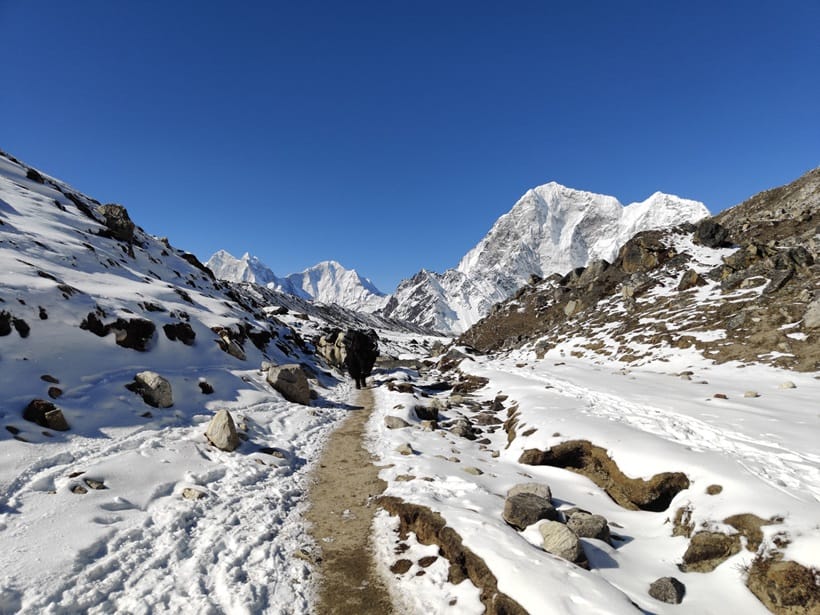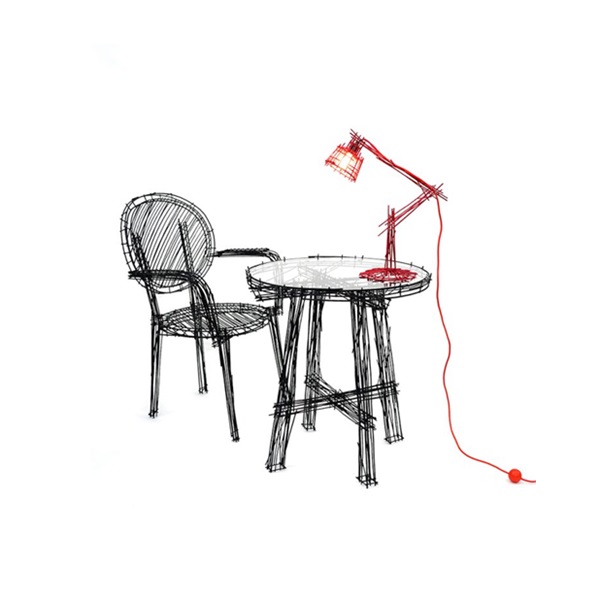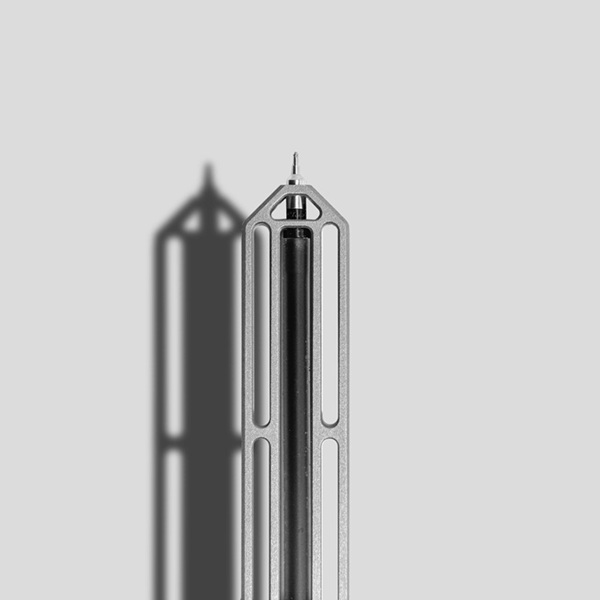
With a glacier camp, you can take your camping experience to new heights. Because this camping type is unique and thrilling! Glacier camping involves setting up camp on or near a glacier, surrounded by vast expanses of ice, breathtaking mountain vistas, and an untamed, rugged environment.

As you can assume, this form of camping appeals to seasoned adventurers and nature enthusiasts who seek extraordinary experiences far from the usual trails. If you wonder how it feels to go glacier camp, let us explain: this camping style combines the serenity of untouched nature with the challenge of surviving in extreme conditions. Therefore, it is an unforgettable escapade for those who crave adrenaline-fueled exploration.
If you embrace the icy frontier, a glacier camp promises an experience like no other. It blends nature, beauty, adventure, and resilience into one extraordinary journey.

Glacier Camping Must-Have Gear
Glacier camp is not as widespread as traditional camping. Because it requires specialized skills, equipment, and a willingness to brave harsh environments. It is most popular among mountaineers, ice climbers, and adventure seekers who are well-versed in winter survival techniques.

If you are an adventurer who might go camping on a glacier, you can check destinations like Alaska, the Alps, or New Zealand. However, you should keep in mind that safety and environmental conditions are of utmost importance.
First, let us start with must-have gear you should have before your trip!
Four-Season Tent
A four-season tent is critical for a glacier camp because it provides robust protection against extreme weather. You should look for features like double-wall construction, durable poles, and snow flaps. These elements prevent snow buildup, resist heavy winds, and maintain insulation. So, the main aim of these tents is to ensure safety and comfort.
Its specialized design withstands subzero temperatures, making it indispensable for icy terrains. Beginners should prioritize space for gear storage, ease of setup, and UV resistance. Without a reliable tent, overnight survival becomes challenging in a glacier camp, as the environment can change rapidly and expose you to harsh, potentially life-threatening conditions.
Insulated Sleeping Bag
An insulated sleeping bag is non-negotiable for a glacier camp, as it ensures warmth in freezing conditions. Opt for one rated for extreme cold, preferably with down insulation for better heat retention and a lightweight build. A waterproof outer shell is crucial to prevent dampness from melting ice or condensation.
The mummy-style design minimizes heat loss, while draft collars and hoods provide extra warmth. In a glacier camp, the temperature often plunges well below freezing, making a high-quality sleeping bag your primary defense against hypothermia and discomfort during long, cold nights.
Crampons and Ice Axes
Crampons and an ice axe are essential tools for safe navigation in a glacier camp.If fitted to your boots, crampons offer superior grip on icy and slippery surfaces, reducing the risk of falls.
In addition, the ice axe serves as a multifunctional tool—providing stability during steep climbs and enabling self-arrest in case of a slip. When moving across crevasses or icy ridges, these tools are your best defense against accidents.

AI-generated image
Beginners should prioritize adjustable crampons for versatile use and lightweight axes for ease of handling. Safety is paramount in a glacier camp, and these tools are your lifeline.
Layered Clothing
If you have been following our camping section, you must know that regardless of season, you should always be prepared with your layered clothes. Because layered clothing is vital for adapting to fluctuating temperatures, especially in a glacier camp.
You can start with a moisture-wicking base layer to keep sweat away, followed by insulating mid-layers like fleece or down jackets to retain heat. Finish with a waterproof and windproof outer shell to shield against snow, wind, and rain.

AI-generated image
Each layer serves a specific purpose, ensuring you stay dry, warm, and comfortable. In a glacier camp, wearing inadequate clothing can lead to frostbite or hypothermia. Therefore, investing in proper layers allows beginners to regulate body temperature and survive in an environment where warmth is a constant challenge.
Stove and Fuel
A stove and fuel are indispensable for cooking and hydration in a glacier camp. Melting snow for drinking water is a priority, and a reliable liquid-fuel stove performs well in freezing temperatures. Choose stoves designed for high-altitude use, as they resist the cold and maintain consistent performance.
Lightweight yet durable fuel containers are key for portability. Preparing warm meals boosts energy levels and morale, critical for enduring harsh conditions. Without this gear, staying hydrated and nourished becomes nearly impossible in a glacier camp, making it an essential part of your survival kit.

AI-generated image
Things to Consider
Even though campsite in glacier offers stunning vistas and unique experiences, it also requires meticulous preparation to ensure safety, comfort, and a successful trip. Extreme conditions demand careful planning and awareness. Therefore, before starting your trip, you should consider the challenges and essentials.

- Check the weather predictions for your chosen location. Sudden storms or temperature drops can turn a glacier camp into a dangerous ordeal.
- Ensure you are physically prepared for the challenges of a glacier camp, including hiking in snow and enduring cold temperatures.
- Research permits, rules, and restrictions for camping in glacier regions to avoid legal or environmental issues.
- Learn basic glacier travel techniques, including crevasse rescue and reading terrain to safely navigate icy surfaces.
- Understand avalanche risks and carry safety tools like a beacon, probe, and shovel for emergencies in a glacier camp.
- Plan calorie-dense meals and methods for melting snow to ensure proper hydration and energy in a glacier camp.
- Establish clear communication protocols with your group, using radios or satellite devices to stay connected.
- Balance weight and necessity when packing; every item should serve a purpose in your glacier camp survival.
- Respect the environment by following leave-no-trace practices to preserve the pristine beauty of your campsite on glaciers.
- Prepare for unforeseen situations with a first aid kit, backup navigation tools, and knowledge of the nearest rescue services.
By considering these factors, your glacier camp trip can be both thrilling and safe!














